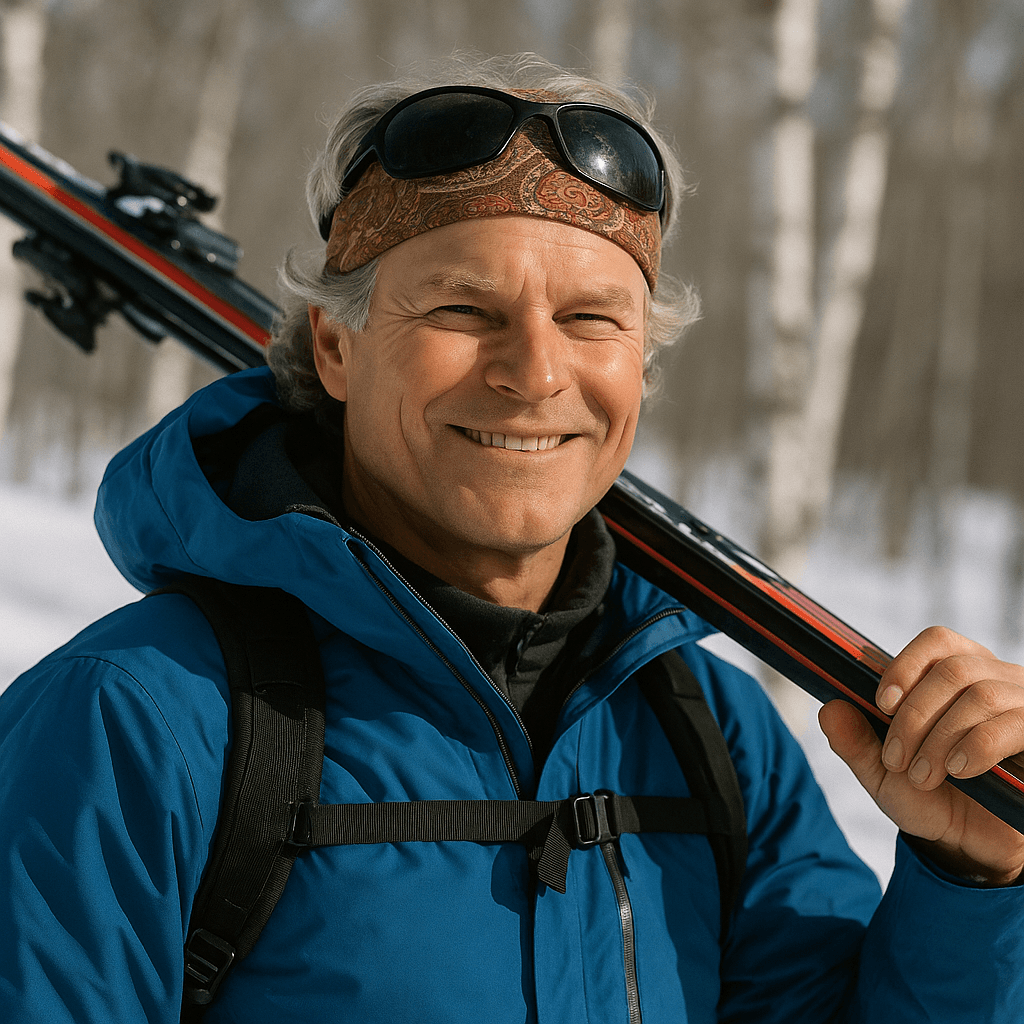
Hokkaido Powder Route (North & Central Loop)

Asahikawa, Furano, Asahidake
Give Hokkaido a week, a snow-tired rental car, and a flexible attitude, and the north-central mountains will treat you like a local. This loop is colder, quieter, and a little moodier than the West Side Powder Route — fewer neon streets, more birch forests and steam rolling off outdoor baths. I run this route when friends say “we want the deep but not the crowds.”

Route at a glance: New Chitose (CTS) → Asahikawa base (2–3 nights) for Kamui Ski Links & Asahidake → Furano base (2–3 nights) with Tomamu option → Sounkyo or Biei onsen stop → CTS.
How to use this guide
- Swap days to chase the storm. The loop plays fine in either direction; pick the next hill that matches wind and visibility.
- Shelter vs spectacle. When it’s nuking sideways, ride Kamui or treed Furano. When the sky blinks, go straight to Asahidake.
- Eat simple, soak daily. Cafeteria bowls for speed, konbini insurance in your pocket, onsen before dinner, then sleep like you earned it.
- Respect the mountain. Asahidake is wild and wonderful — treat it like it deserves.
Drive-time reality check
Hokkaido ploughs roads fast, but cold snaps polish the surface like glass. In good daylight and with luck, these are your ranges; in the dark after a refill, add 30–60 minutes.
- CTS → Asahikawa: ~2–3 h (expressway combo helps).
- Asahikawa → Kamui Ski Links: ~30–40 min.
- Asahikawa → Asahidake Ropeway: ~60–75 min.
- Asahikawa → Furano: ~60–90 min (Kitanomine side quickest).
- Furano → Tomamu (option): ~60–90 min.
- Asahikawa → Sounkyo Onsen: ~90–120 min.
- Furano → CTS: ~2–3 h depending on route and weather.
Day 0 — Fly in, aim north
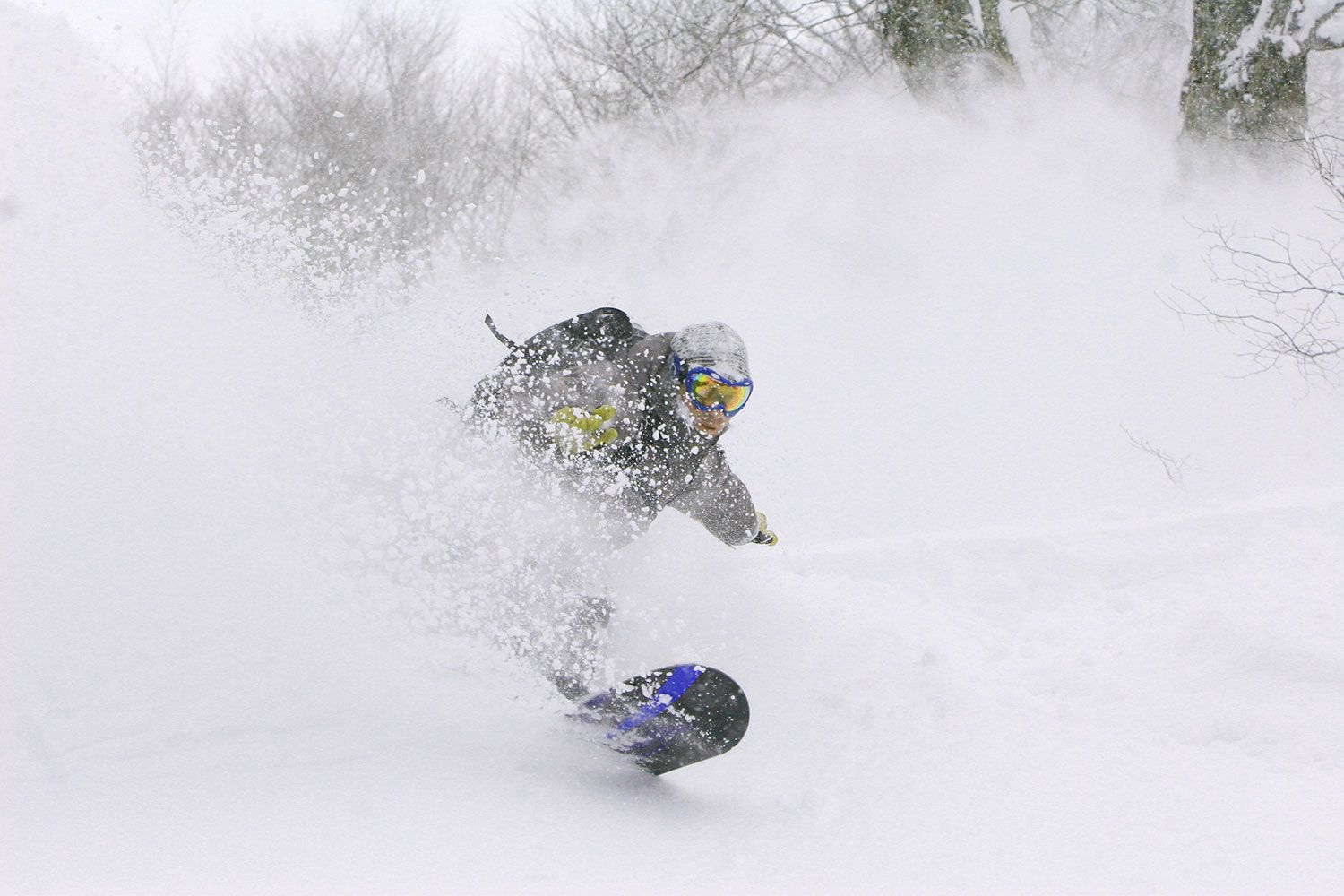
Land at New Chitose Airport (CTS), collect a 4WD with studless tires, and ask about an ETC toll card. Before you leave, do the classic konbini raid — onigiri, hot canned coffee, waters, a bag of emergency snacks. Set your phone to offline maps and add the next morning’s hill as a favorite. If you’re landing late, overnight near Asahikawa so you’re not white-knuckling a midnight mountain road.
Quick car ritual: Wipers up if it’s snowing, scraper/brush in the boot, fuel above half, boots drying, alarms set.
Day 1 — Kamui Ski Links
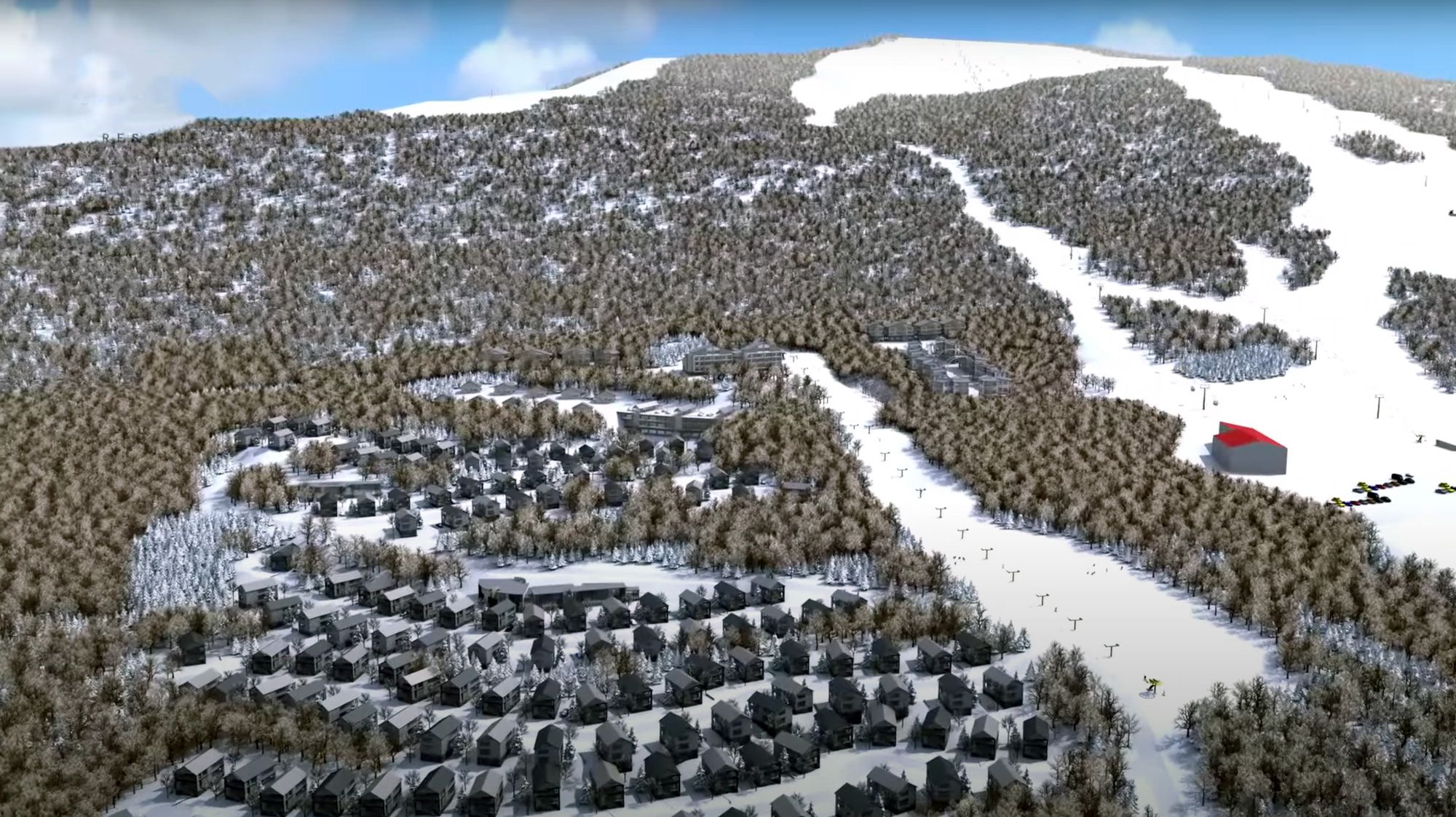
Kamui is the perfect jet-lag reset. It’s compact, friendly, and rides better than its trail map suggests. Natural gullies and well-spaced trees mean you can keep speed without scaring the legs. The parking lot vibe is easy — locals, families, and a surprising number of powder board shapes leaning on tailgates.
Morning plan: Warm up on the main chair, read the contours, then start linking your favorite rolls. Kamui rewards lapping, not wandering.
Lunch drill: Katsu curry or a big tonjiru with a side of karaage. Early or late beats the noon rush.
Afternoon: Find the treed lines that match your speed and repeat. If you haven’t ridden in a while, this is the day to remember what your legs like.
Storm Fork: If it’s howling across ridges, stay here and farm the trees. When in doubt, the sheltered chair wins.
Evening: Check in to Asahikawa, dump gear, and walk to dinner. The city runs on shoyu ramen, yakitori, and sleepy bars that understand winter people.
Day 2 — Asahidake
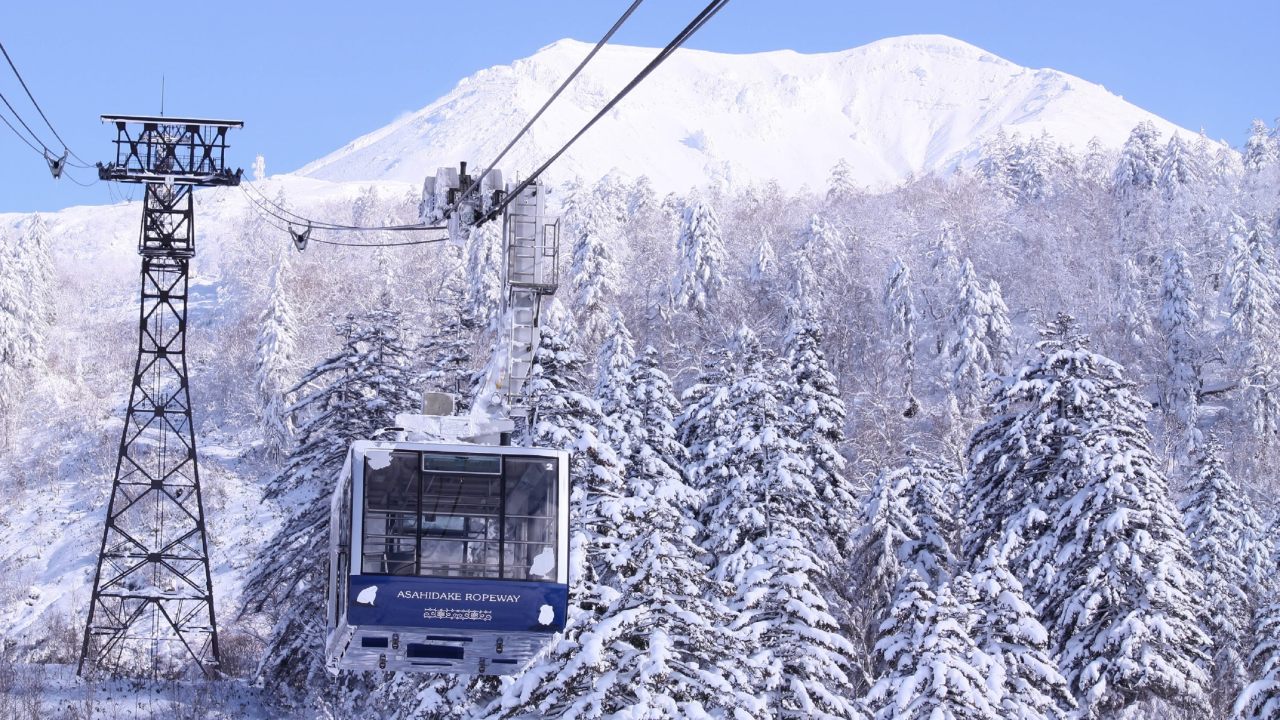
Asahidake is not a theme park. It’s a tram to the shoulder of Hokkaido’s highest peak, with volcanic steam drifting across a snowfield that feels like another planet. The skiing is whatever the mountain gives you — sometimes mellow bowls and birch meadows, sometimes scratchy wind-buff into deep lee pockets. Patrol doesn’t follow you out there. Bring a partner, a plan, and the kit.
What you absolutely sort before loading the ropeway:
- Beacon, shovel, probe, and a partner who knows how to use them.
- Map lines and rendezvous in case visibility collapses.
- Weather read: If the ceiling is low and winds strong, don’t force it — go Kamui or Furano and save the volcano for a window.
Morning plan: If visibility is good, take a conservative first lap to learn the week’s snowpack, then open things up. If it’s flat-light and gusty, stay closer and keep your team tight.
Lunch drill: The base cafeteria has the classics — udon, curry, gyudon. Eat to ride, not to nap.
Afternoon: If the weather holds, angle for a longer line with a clean fall-line and an exit that doesn’t turn into a slog. If it closes, click into the backup plan without drama.
Evening: Back to Asahikawa for an onsen and a low-key dinner. Sleep will feel like a feature, not a bug.
Day 3 — Furano
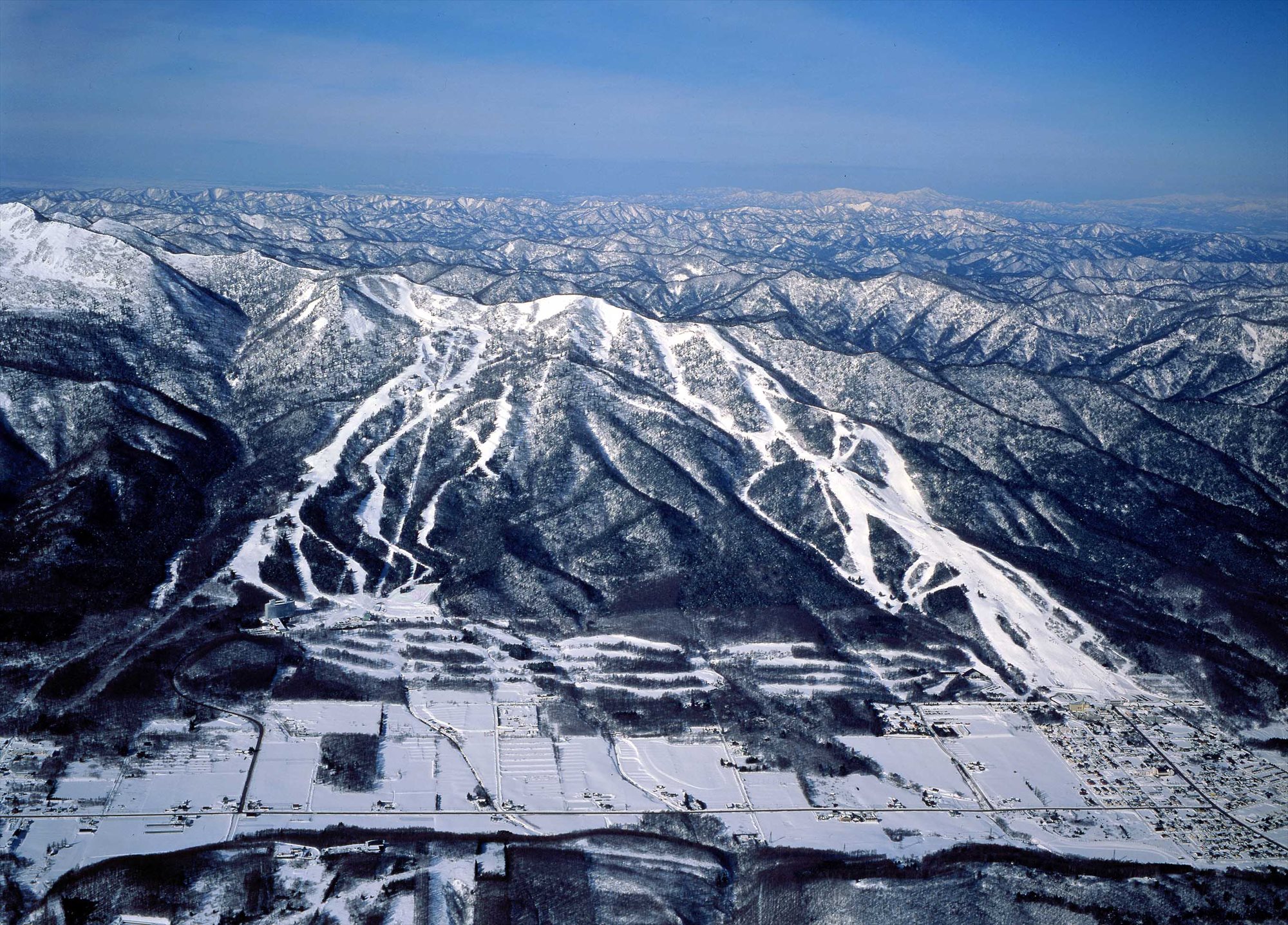
Transfer to Furano and make yourself a regular. The hill splits into Kitanomine and Furano zones, which gives you options when the wind is testing your patience. Groomers here are excellent for morning flow, and the treed pockets keep surprising you even days after a storm if you hunt shade and wind drift.
Morning plan: Start with a couple of top-to-bottom groomer laps to wake up the legs, then peel off into the stashes you spotted from the lift.
Lunch drill: Miso ramen with butter and corn if you’re clinging to Hokkaido tradition, or tendon — tempura over rice — if you want crisp plus cozy.
Afternoon: Follow aspect. North-facing pockets age best. If the wind is nipping at the ridge, tuck into lower trees and keep the pace smooth.
Après: Hotel onsen, then nabe hot pot or yakitori in town. Furano’s small-city vibe is mellow and honest — the kind of place where you’ll accidentally order one more round of skewers.
Day 4 — Furano again or Tomamu

If Furano felt like it was just opening up on Day 3, double down. If your group wants a change of rhythm, point the car to Tomamu for a day. The resort’s layout delivers quick laps and good treeline shelter when it’s storming, plus a handful of vistas that make for easy photos when the sky cooperates.
Morning plan: Tomamu day — work the trees, avoid bottlenecks, keep moving. Furano day — start on the side you didn’t finish yesterday and connect new dots.
Lunch drill: Cafeteria curry for speed, or omurice if you fancy a silky omelette over rice and don’t mind a brief nap temptation.
Afternoon: If the legs are fading, shift to cruise control: long groomers and view hunting. There’s something satisfying about easy mileage with your crew scattered and happy.
Evening: If you’re feeling touristy, wander Furano’s quieter backstreets for dessert and a nightcap. Or go straight to bed like a smart powder hunter.
Day 5 — Asahidake window or Sounkyo onsen
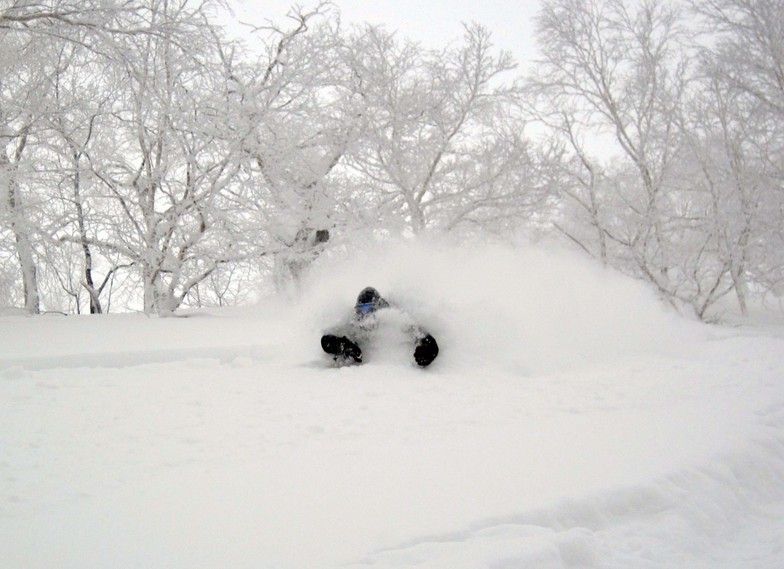
This is your flex day. If the forecast flashes a blue blink, grab the Asahidake redo. If not, change gears and head up the gorge to Sounkyo Onsen for a soak and a stroll among ice and rock walls. On deep cold weeks the valley can feel like you stepped into a snow globe — good for photos, better for morale.
Storm Fork: If wind warnings keep the ropeway down, you’re not unlucky — you’re being encouraged to enjoy a very good lunch and a long rotenburo. Accept and smile.
Day 6 — Choose your own adventure
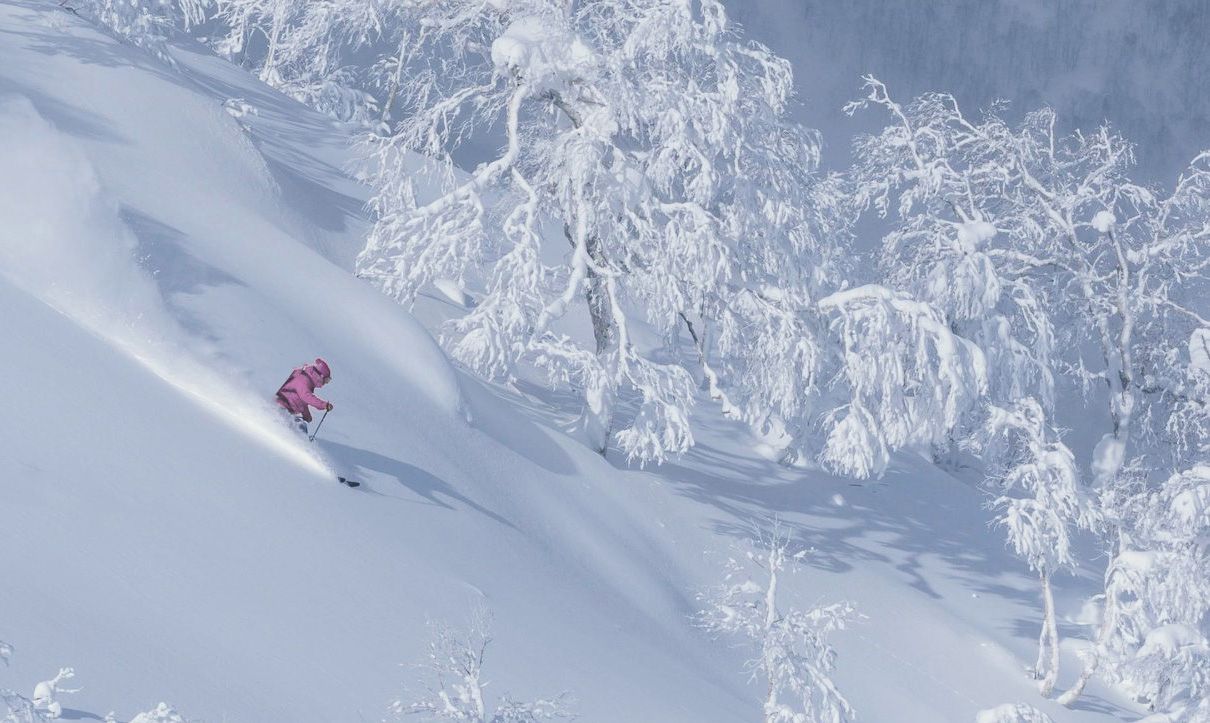
By now you know what each hill gives you. Pick the one that fits the day and your legs.
- Legs lively, vis decent: Furano’s top-to-bottom flow or another Asahidake bid.
- Cold, windy, low ceiling: Kamui Ski Link’s treed laps until the grins get silly.
- Family day or photo day: Furano for groomers and easy meeting points.
Lunch drill: Yaki soba or katsudon — both are reliable ten-minute turnarounds.
Evening: Start easing back toward CTS if you’re a morning flyer. Otherwise, one last onsen and a “thanks, Hokkaido” toast.
Day 7 — Bonus laps, coffee, wheels up
If departure timing allows, sneak in bonus morning laps at Kamui or Furano. If not, do the civilized thing — breakfast, coffee, a slow pack, and a no-rush drive to the airport. Return the car clean enough that the rental agent nods, not winces.
Where to stay — bases that make life easy
Asahikawa (nights 1–2):
- Pros: City conveniences, short drives to Kamui and Asahidake, lots of cheap eats, business hotels with coin laundries and hot water that never quits.
- Consider: You’re commuting to hills, not walking to lifts. Fine by car, less ideal for rail-only.
Furano (nights 3–5/6):
- Pros: Minutes to lifts, quieter evenings, simple access to onsen and dinner.
- Consider: Smaller dining scene — book popular spots, especially in peak weeks.
Wild card: If you prize steam over nightlife, a ryokan with onsen between bases keeps the rhythm even simpler. You’ll swap bar hopping for bath hopping and wonder why you didn’t do it earlier.
Eat, drink, repeat — north-central edition

- Breakfast: Onigiri and bean-to-cup konbini coffee on the go; or a hotel tray with rice, miso soup and grilled fish.
- Lunch: Miso ramen, katsu curry, udon, tendon. Warm, fast, dependable.
- Après: Jingisukan (lamb grills), yakitori, nabe. Pair with a highball or a crisp beer.
- Late: Shime ramen happens. Consider it a cultural duty.
Onsen shortlist near the loop
- City reset: A compact bathhouse in Asahikawa — in, soak, out in twenty.
- Mountain steam: Hotel baths in Furano with outdoor pools where snow lands on your shoulders.
- Nature hit: Sounkyo for a day trip; or if roads and temps allow, the rustic baths around Biei/Tokachi-dake. Ask locals about access before you commit — winter conditions rule the day.
Etiquette snapshot: Wash before soaking, small towel stays out of the water, hair tied, voices low. Ten minutes, break, ten more — your legs will thank you tomorrow.
Storm logic — choosing the right hill each morning
- Whiteout and wind: Kamui Ski Links or lower Furano. Sheltered chairs beat waiting for ropes to flip.
- Cold and crisp with fresh: Asahidake first tram if visibility holds.
- Tracked but chalky: Furano’s groomers for speed, then hunt shaded pockets.
- Brutal temps, team tired: Sleep 30 minutes longer, ride closer to the base, and prioritise smiles over heroics.